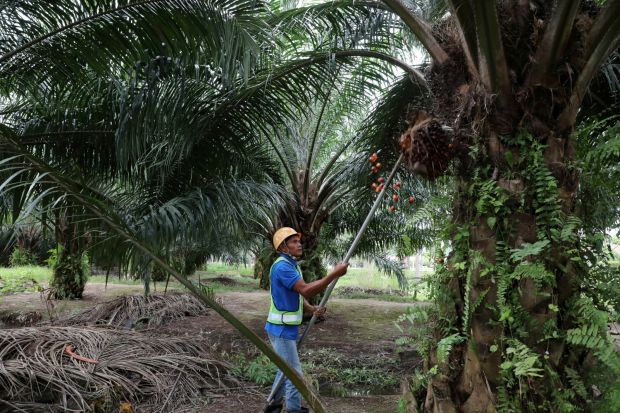State inequality, energy trends among Malaysia’s challenges: report
INCOME inequality between states and changing energy trends are some challenges that Malaysia needs to address if it is to maintain its growth trajectory, argues a recent Moody’s Analytics report.
The report, Malaysia’s Shifting Regional Diversity, looks the major industries in various Malaysian states, grouped by region.
Electronics, for instance, is concentrated along the west coast of peninsular Malaysia, while the petroleum industry is spread across several regions, including major oil fields in Sabah and Sarawak.
The issue of oil revenue is a contentious one in the East Malaysian states, which produce a majority of the country’s oil but receive only about 5 per cent of oil revenue collected by national oil and gas company Petronas.
The income gap between states is also a growing issue in West Malaysia, said the report: “In general, each region in West Malaysia is anchored by a manufacturing state, which is surrounded by agricultural states. The income gaps within each region therefore tend to be fairly large, with the main manufacturing state having the highest level of economic growth compared with the states that rely on agriculture.”
The strategy of building regional corridors was meant to address this, but has had mixed results. It has seen success in the Central region, with Selangor and Kuala Lumpur mutually benefiting.
But in the Northern region, the income gap between Penang and the other states is not narrowing. In the East Coast region, per capita gross domestic product for all three states has been below the national average since the 1980s. And in the South, Malacca and Negeri Sembilan seem not to have gained significantly from foreign investment into neighbouring Johor.
The issue of income inequality may also be exacerbated by Malaysia’s attempts to address another challenge: not getting stuck in the middle-income trap. The country is diversifying its economy into services such as tourism and Islamic banking, but urbanised areas are expected to disproportionately benefit from this, widening the income gap between states.
Another challenge is posed by global energy trends. As a net exporter of petroleum and palm oil, Malaysia is heavily dependent on volatile commodity prices and changes in global demand — even as key trading partners such as the European Union are moving towards greener sources.
“Malaysia has plans to diversify its energy sources, but on palm oil it is planning to challenge the EU in the World Trade Organization, rather than adapting to trends,” noted the report.
“Diversifying away from commodities might be something to move towards over the long run,” it suggested.
Source: https://www.businesstimes.com.sg/asean-business/state-inequality-energy-trends-among-malaysias-challenges-report


 English
English




